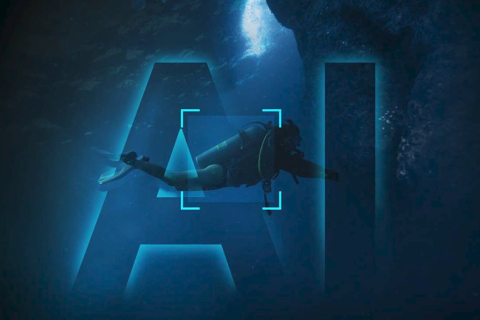Ever since several high-profile companies announced shocking reductions in their proved oil and gas reserves, the industry, engineering consultants and the Securities and Exchange Commission have weighed in on how reserves should be calculated. Jim Hackett, the new president and chief executive of Anadarko Petroleum Corp., gave up his chance to present details on the company's financial performance at the recent annual Howard Weil investment conference, in favor of speaking about the way industry handles proved reserves. "This discussion is long overdue. But we need to look beyond the fevered pitch and focus on our internal processes," Hackett told about 400 investors, buyside analysts and oil and gas executives. "Management integrity is key-outside engineers don't sign the reserve report, management does, and they risk losing their reputation, their jobs, even their freedom." Management cannot abdicate its responsibility, Hackett said. No consultants should know a company's properties better than internal technical staff, he added. Still, there is no point at which management can know with 100% certainty how much oil and gas is in the ground on any property. "This is all about technical estimates, but only God knows how much is really there." (For more on estimating reserves, see "Defining PUDs" in this issue.) Unlike many companies, Anadarko estimates reserves for every well, every year. It has 100 reservoir engineers on staff. Divisional vice presidents review and approve these numbers and question all assumptions before the numbers are submitted to an internal review team of five experts separate from the divisions. This includes one member from third-party engineering firm Netherland Sewell. Meeting with the press afterward, Hackett said Anadarko recently changed its compensation system so that the five-person team will remain unbiased and will not receive bonuses based on upward reserve revisions. "Our board member John Butler, who heads the audit committee, suggested this. I thought it was brilliant-I made the change the very next day," Hackett said. Other executives during the three-day conference addressed this hot topic as well. Several reassured attendees that they remain 100% confident of their published reserve numbers, have installed safeguards, and foresee no wave of write-downs across the industry. "I am not proud of being the one that had to announce this large write-down...but it is what it is," said Doug Foshee, CEO of El Paso Corp. The company has delayed its year-end 2003 reporting since writing down 41% of its proved reserves, which may cause it to restate prior earnings and renegotiate its commercial loan covenants. Foshee updated attendees on the many steps the Houston company has taken, or will soon take, to reduce its debt and increase liquidity. Other speakers alluded to two other issues: How can companies replace production and grow reserves, and have mid-cycle oil and gas prices really risen permanently? "The mid-cycle commodity-price outlook is higher, but we always look at $20 oil and $3.25 gas," said Jim Mulva, chief executive officer of ConocoPhillips. "Since 2000, OPEC has been in or above its stated price band of $22 to $28 per barrel, and therefore, the price has been within the band 55% of the time, whereas in the 1990s, the price was below the band 70% of the time." Last year the company reported cash flow of $12 billion. Some $4.8 billion was used to reduce debt. "We tell our upstream people to find and produce and not worry about oil and gas prices. We trade around our assets and the arbitrage between upstream and downstream," Mulva said. He projects flat production in North America and growth internationally of about 3% annually to 2008. Andrew Gould, chairman and CEO of Schlumberger Ltd., reiterated his ambition to deliver a return on capital employed in the mid-teens and to reduce debt. "We plan an IPO of our smart-card technology division if market conditions permit," he said.
Recommended Reading
TGS, SLB to Conduct Engagement Phase 5 in GoM
2024-02-05 - TGS and SLB’s seventh program within the joint venture involves the acquisition of 157 Outer Continental Shelf blocks.
2023-2025 Subsea Tieback Round-Up
2024-02-06 - Here's a look at subsea tieback projects across the globe. The first in a two-part series, this report highlights some of the subsea tiebacks scheduled to be online by 2025.
StimStixx, Hunting Titan Partner on Well Perforation, Acidizing
2024-02-07 - The strategic partnership between StimStixx Technologies and Hunting Titan will increase well treatments and reduce costs, the companies said.
Tech Trends: QYSEA’s Artificially Intelligent Underwater Additions
2024-02-13 - Using their AI underwater image filtering algorithm, the QYSEA AI Diver Tracking allows the FIFISH ROV to identify a diver's movements and conducts real-time automatic analysis.
Subsea Tieback Round-Up, 2026 and Beyond
2024-02-13 - The second in a two-part series, this report on subsea tiebacks looks at some of the projects around the world scheduled to come online in 2026 or later.





